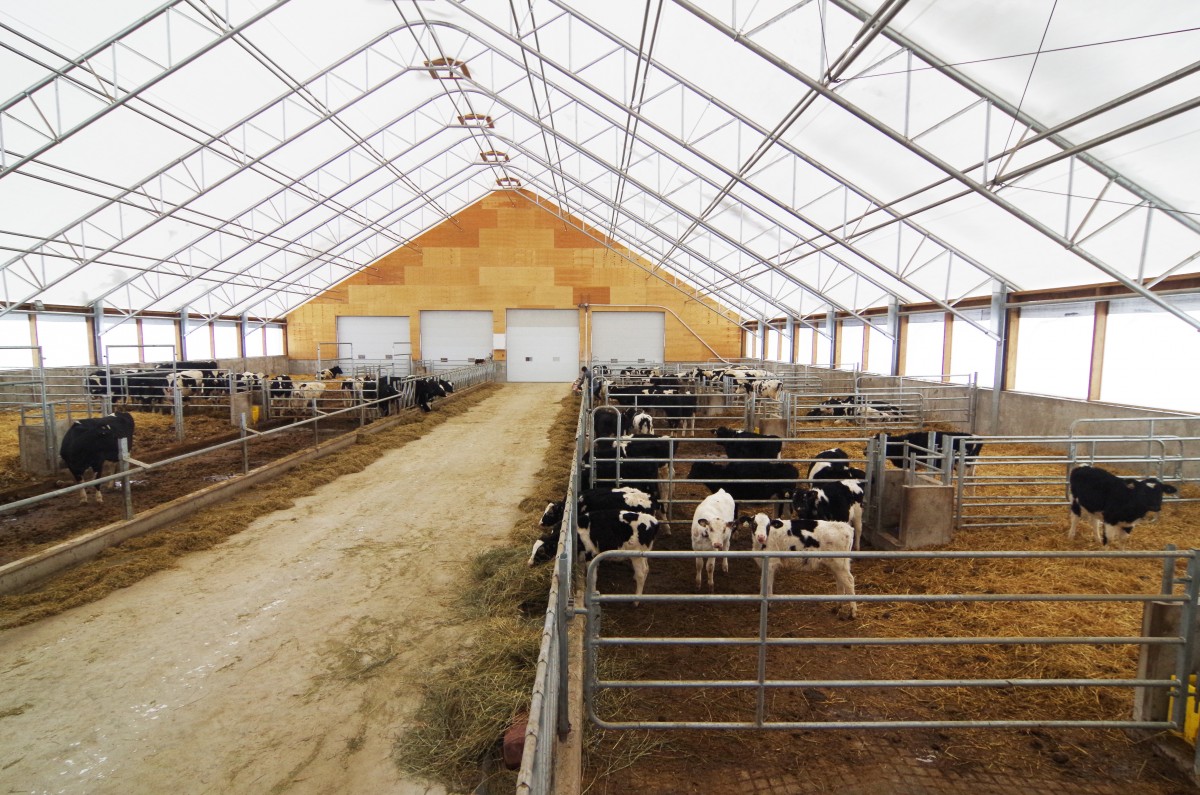By: Robert Lee
The Canadian beef industry is in a state of flux and has been since the BSE crisis. Exports to the USA are down significantly, and markets in the Far East are only slowly growing. Domestic demand is also down, while the Hong Kong market is emerging as a strong one and is our Number 2 importer of beef, ahead of Mexico. Herd sizes are down and the number of grazing acres has declined, partly due to adverse weather conditions. Throughout these conditions, beef prices are up, making the return on investment better.
In 2015, Canada exported 322,343 tonnes of beef. If we include live cattle shipped mostly to the USA for slaughter, we shipped 577,420 tonnes, worth $3.9 billion. That is down from 2002, just prior to the BSE crisis.
Beef on the Prairies
The Canadian beef industry, more specifically on the prairies, has begun to adapt to more specialized operations. Feedlots, large and small, are emerging. Cow-calf operations have increased. Consumers demand healthy options and want to know how their beef has been raised and handled. Farmers too, are becoming informed on the best ways to increase production naturally. Consequently, Canada’s beef industry has implemented tougher traceability procedures, while farmers are being much more aware of health and diet requirements. Gone are the days of simply letting the animal eat and then shipping it to market. Intense management requires better infrastructure and facilities, however.
Canada’s cold winters pose a problem for open range cattle. Water, windbreaks, access to feed, shelters from the extreme cold all are vital resources. Open-ended fabric shelters allow cattle to range in and out freely while providing a windbreak and some warmth at an economical price. Given the adverse conditions on the range, beef producers have to bring the cattle into a feedlot or enclosed area in the winter, which also enables the farmer to distribute feed and monitor animal conditions more easily.
Manitoba Beef Management
Two Manitoba styles of beef management and raising are small feedlots for finishing the animal for market and the cow-calf operation for breeding purposes. Both require fencing, water, windbreaks, and shelter. Close quarters for living increase the risk of disease, while wet conditions can cause complications in the manure and bedding of a small feedlot.
The cow-calf operation focuses on breeding animals on a rigid schedule. The practice requires constant monitoring and a contained environment. Both monitor the animals and protect them from the weather and predators. Feedlot and finishing operations require a precise diet and easily accessed storage for feed.
The Cobra Structures Difference
A fabric building from Cobra Structures answers many of the concerns and needs of the feedlot operation. In cold weather, a large, inexpensive building can house the herd comfortably while in better conditions, the ends of the building can open to allow easy access and egress.
As herd sizes decrease and animal management becomes concentrated in smaller spaces innovative approaches to cut costs and increase efficiency are needed. These concerns are in part, addressed by the fabric building.




